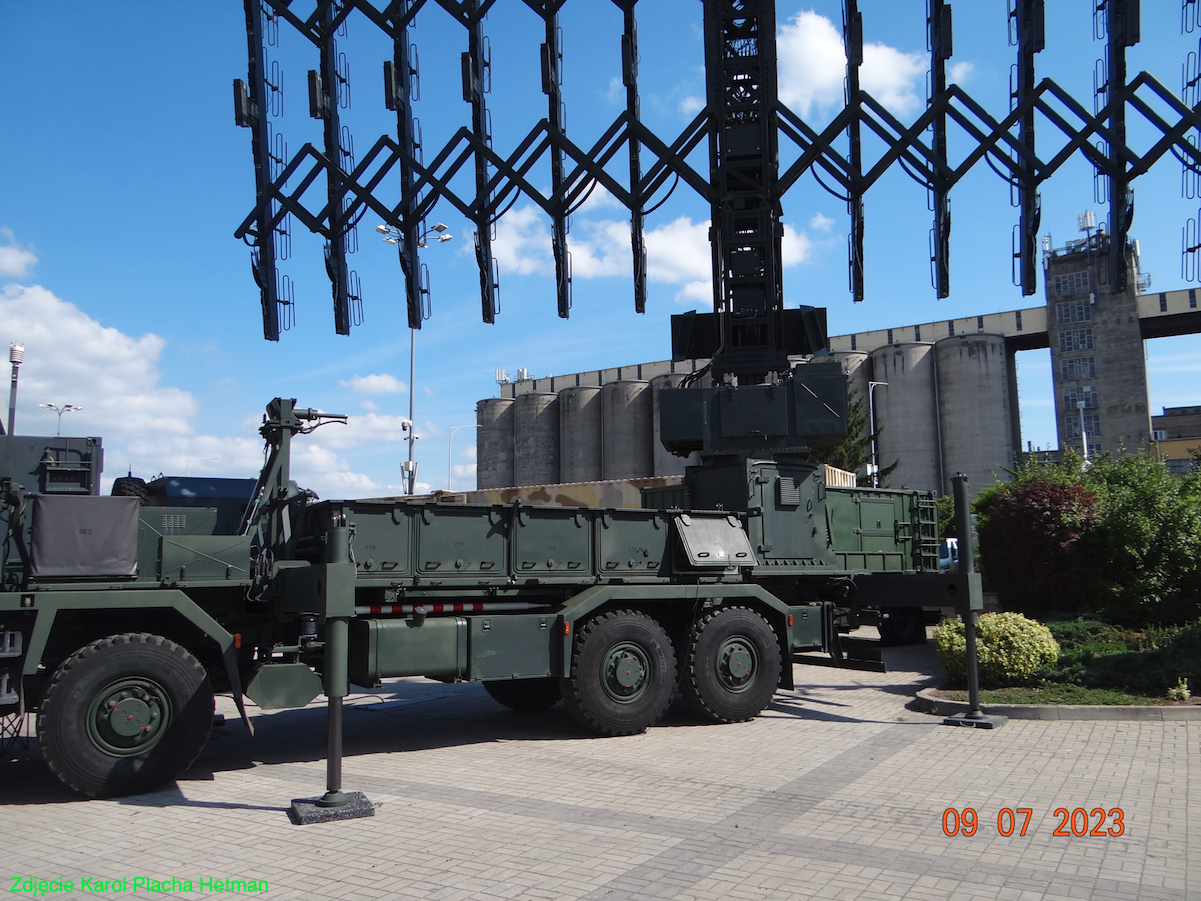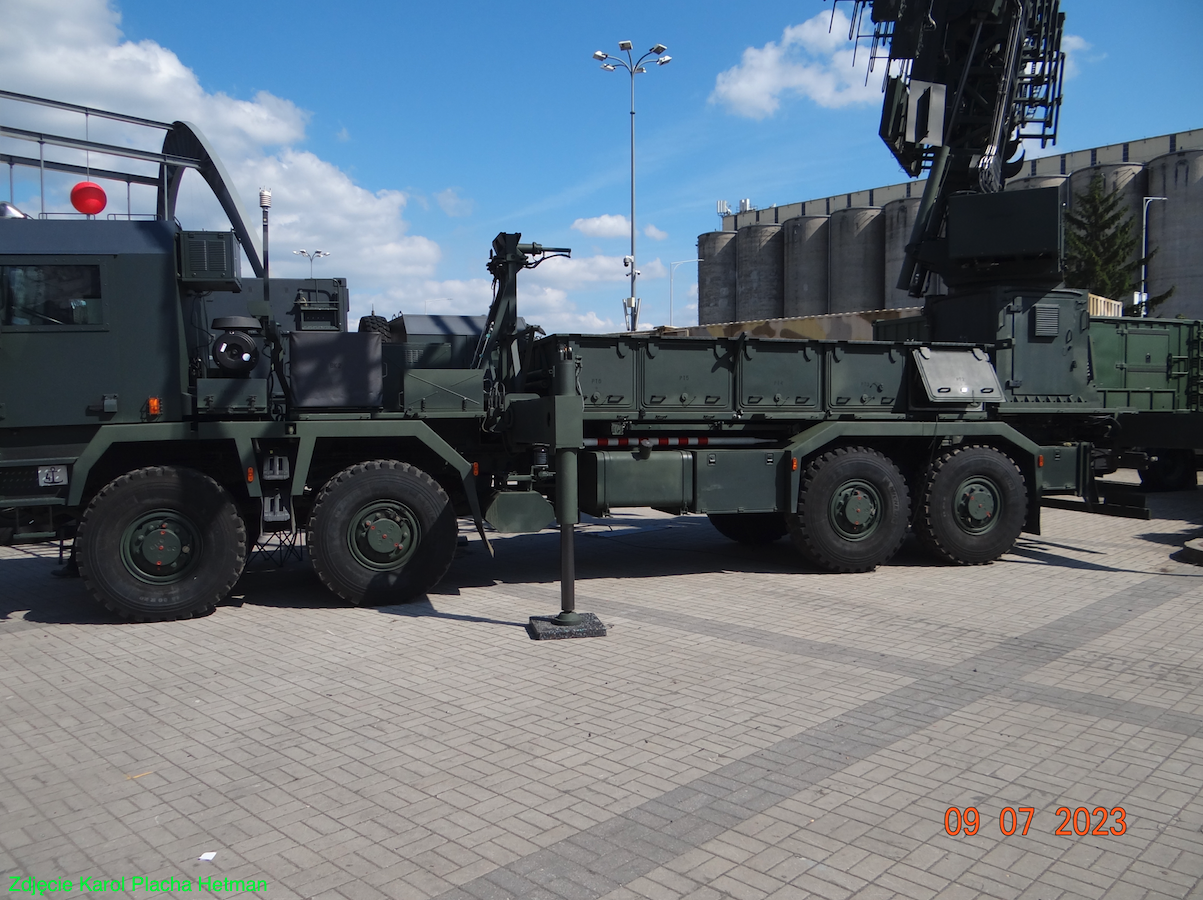Kraków 2023-09-13
PIT-RADWAR P-18PL long-range radar.
The Polish Armaments Industry has been providing modern radar equipment for the Polish Army for several decades. Currently, the most important manufacturer of radars (radiation stations) in Poland is the PIT-RADWAR company. During the MSPO 2023 trade fair in Kielce, the company presented, among others, a long-range radar marked P-18PL. Work on the P-18PL radar began in 2012. On December 23, 2022, tests of the P-18PL radar were completed. This opened the way to acquiring radar from PIT-Radwar for anti-aircraft and anti-missile defense missile systems for the Polish Army.




In addition to the PIT-RADWAR company, the Military University of Technology participated in the program. The P-18PL radar was developed as part of a project co-financed by NCBiR (National Center for Research and Development). The radar is a long-range radar station, with an instrument range of 900 km. The radar operates in the meter band (VHF). The VHF meter band allows you to increase the instrumental range of the radar beam and makes it difficult for the enemy to guide anti-radiation missiles to the radar.
The P-18PL radar detects not only typical aircraft, but also objects with a reduced effective reflecting surface, i.e. stealth. The radar also detects hovering helicopters and ballistic missiles. The radar is intended mainly for the initial detection of air targets for the "Wisła" and "Narew" air defense missile systems, with their connection to the Integrated Air and Missile Defense Battle Command System (IBCS).
A radar station, designated P-18 "Laura", is still used in Poland. It also works in the VHF band, but it is only two-coordinate. It does not provide the target's flight altitude. However, the P-18PL radar is three-coordinate, which means it also provides the target's flight altitude. This was achieved by introducing an active AESA (Active Electronically Scanned Array) antenna with an electronically controlled transmitting beam and digital formation of receiving beams in the azimuth and elevation planes.
The P-18PL radar antenna is foldable and mounted on a car, making the radar a transportable system. Despite its size, the radar has high mobility and can achieve combat readiness from a marching position in less than thirty minutes.
The role of the transmitter in the P-18PL antenna system is played by semiconductor transmitting and receiving modules, which are air-cooled and built on the basis of commercial off-the-shelf transistors (COTS) arranged in antenna columns. The P-18PL radar is equipped with a "self-alien" identification system, in English IFF.
The Polish Army has three-coordinate radars at its disposal. This includes the NUR-15 radar, which has a range of 240 km, i.e. it is medium range. In addition, the NUR-15 radar operates in the S-band, which is easily detected by the enemy and can be easily destroyed.
The Polish P-18PL radar at the MSPO 2023 fair won second place in the "Innovations for Security and Defense" competition. The demonstration of the P-18PL radar at the fair in Kielce was the first public demonstration.
Written by Karol Placha Hetman
